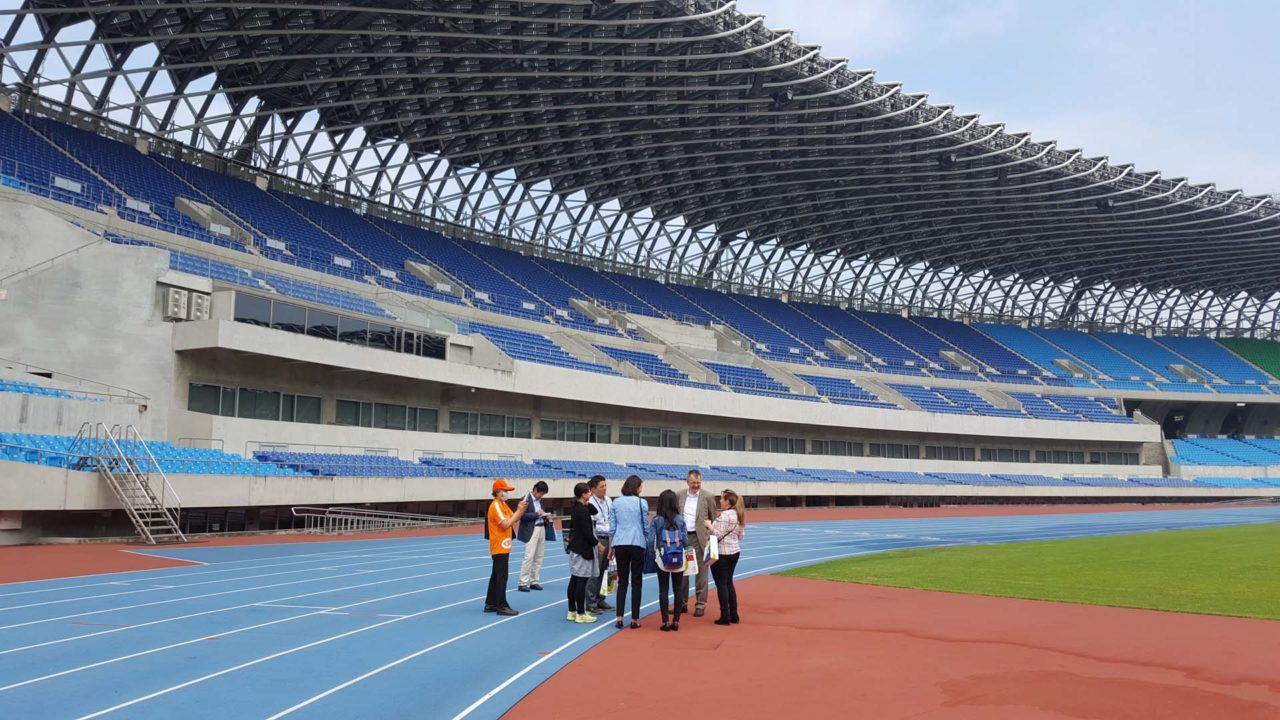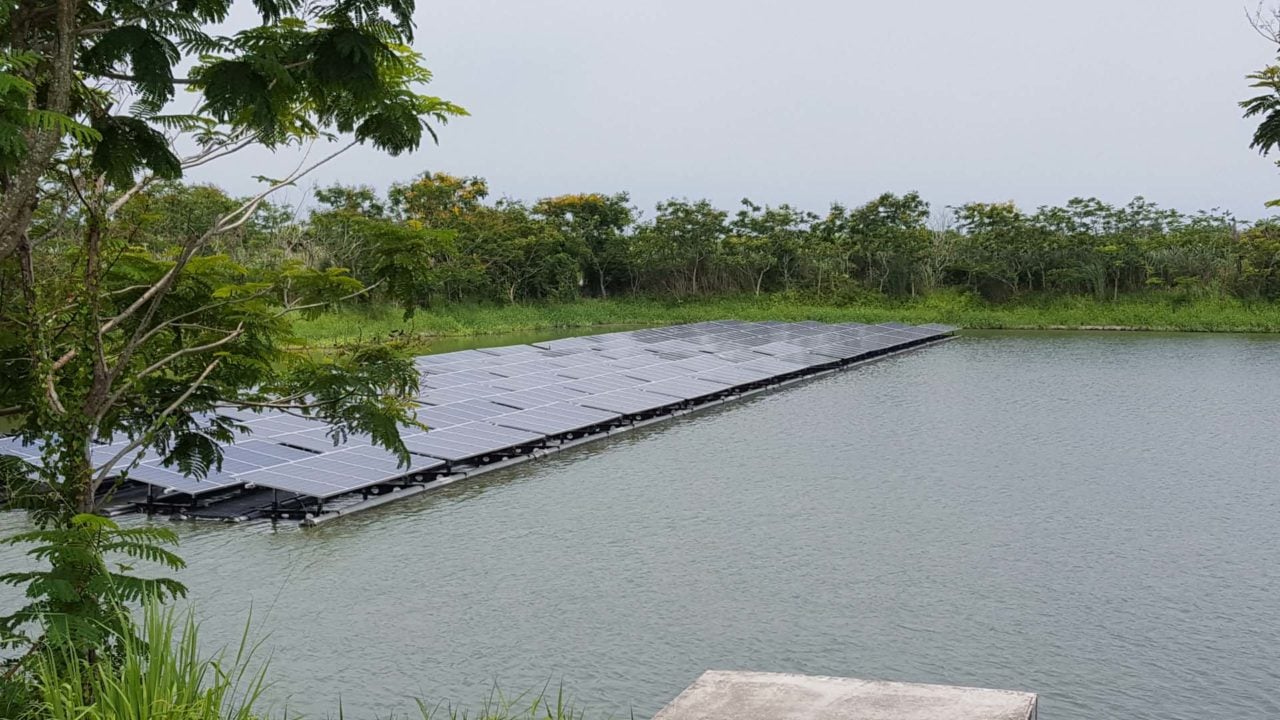
On the day I left Taiwan after a busy week meeting with PV suppliers up and down the supply chain in May, 2016 that was organised by the Taiwan External Trade Development Council (TAITRA) the country elected its first female president, Tsai Ing-wen.
Very soon afterwards, the new government formed by the Democratic Progressive Party (DPP) announced ambitious plans to install 20GW of solar, while phasing out nuclear.
Try Premium for just $1
- Full premium access for the first month at only $1
- Converts to an annual rate after 30 days unless cancelled
- Cancel anytime during the trial period
Premium Benefits
- Expert industry analysis and interviews
- Digital access to PV Tech Power journal
- Exclusive event discounts
Or get the full Premium subscription right away
Or continue reading this article for free
Previous government plans for solar were far less ambitious and actually failed to meet their goals, notably the 1 million rooftop program, which failed because it was difficult to find a million rooftops that would have housed solar modules with a low FiT.
However, installing 20GW would mean using land in a country that finds that commodity in very short supply. Yet the government attempted to tackle that issue head on and would release 10,000 hectares of government controlled agricultural land for utility-scale PV installations and dual use systems. Policies also appeared to enable water-based solar system installations.
In early October, 2016 Taiwan's Bureau of Energy issued planned feed-in tariffs for 2017, which residential rooftops (1KWp to below 20KWp) would get a FiT of NT$6.1033/kWh (US$0.193/kWh) through to ground-mounted PV power plants receiving US$0.144/kWh. Floating solar power plants would receive a FiT of US$0.156 kWh.
Interestingly, the FiT stipulates high-efficiency modules such as 290W for monocrystalline and 275W for multicrystalline modules.
These rates efficiency stipulations should prove to be more than adequate to kick-start the solar revolution in the country, especially when cumulative PV installations in Taiwan barely passed 800MW before the change in government.
However the landscape in relation to Taiwan’s PV manufacturers has already started to change, initially driven by US anti-dumping duties. The high duties had an immediate impact on solar cell demand from Taiwan’s merchant cell producers such as Neo Solar Power (NSP), Gintech and Motech as these companies had been heavily used by major China-based module producers.
Taiwan producers reacted in the same way as some of the key Chinese and have established manufacturing operations in other countries in South East Asia such as Vietnam to circumvent US and EU anti-dumping duties. In some cases companies have also shifted production lines from Taiwan.
Other significant changes are also underway that suggest that the dedicated merchant cell business model is coming to an end. Taiwanese cell producers are increasing PV module capacity that includes own-brand products and also moving downstream to become PV project developers as tight margins in the upstream have become the norm.
That shift is more than likely to pick up pace as the new FiT system gets going in 2017.
This week, Taiwan is hosting its main PV conference and exhibition, PV Taiwan in the capital, Taipei. For many years it has been an export led affair but something tells me that next year the event could be transformed into something approaching Intersolar Europe as the domestic market becomes internationally important within the solar industry.







